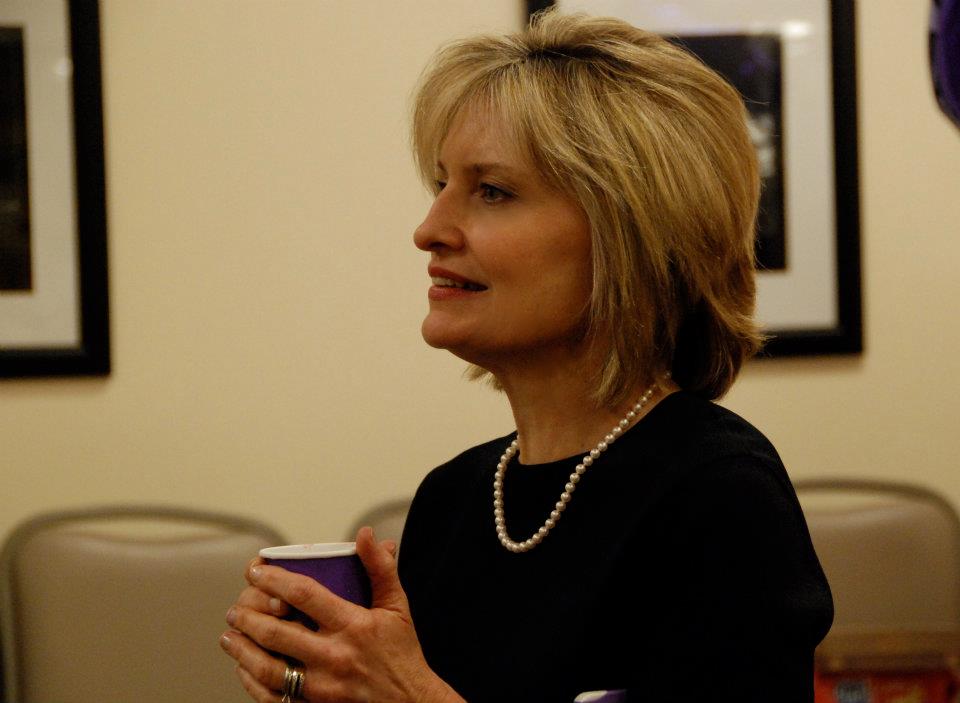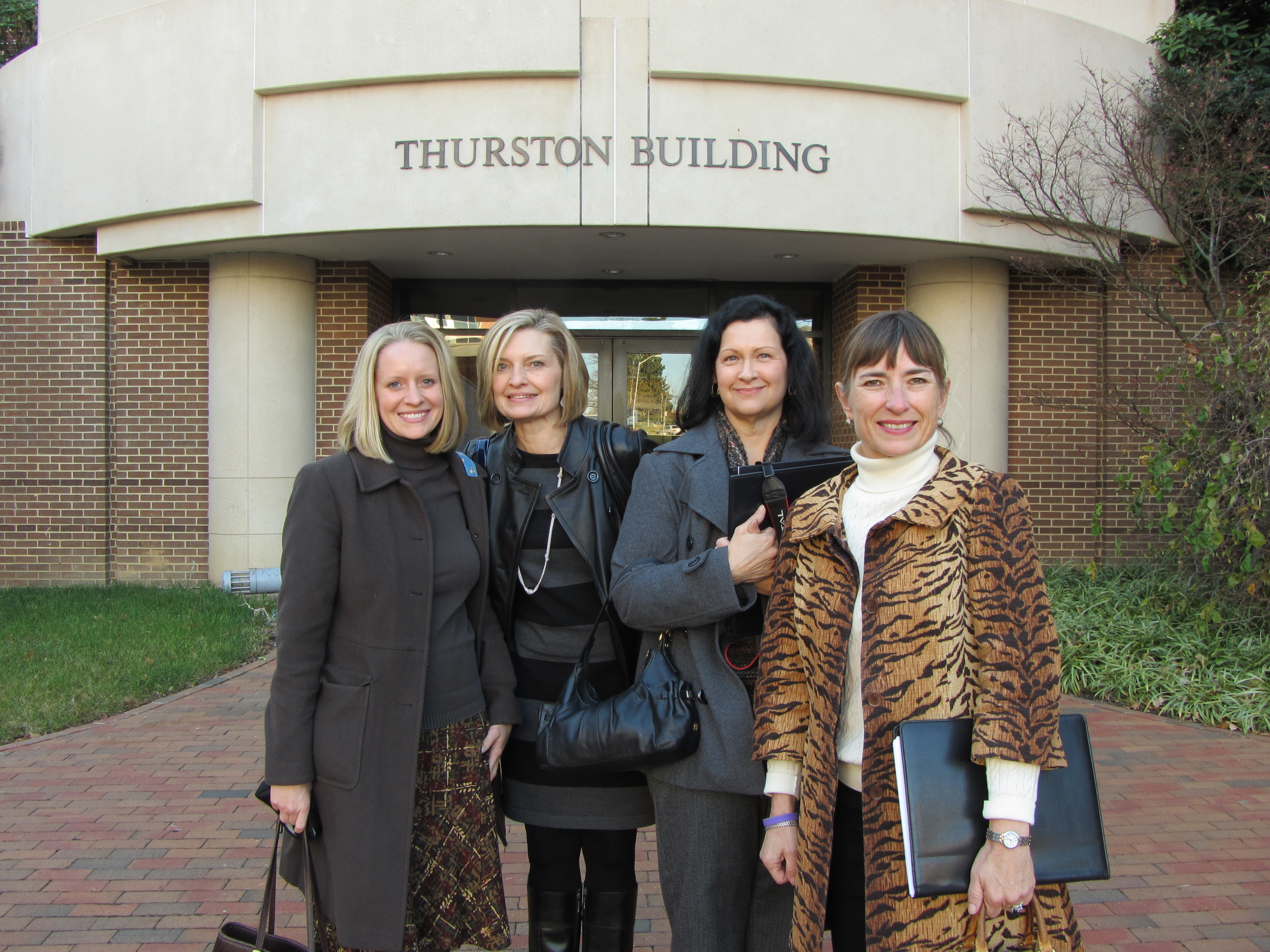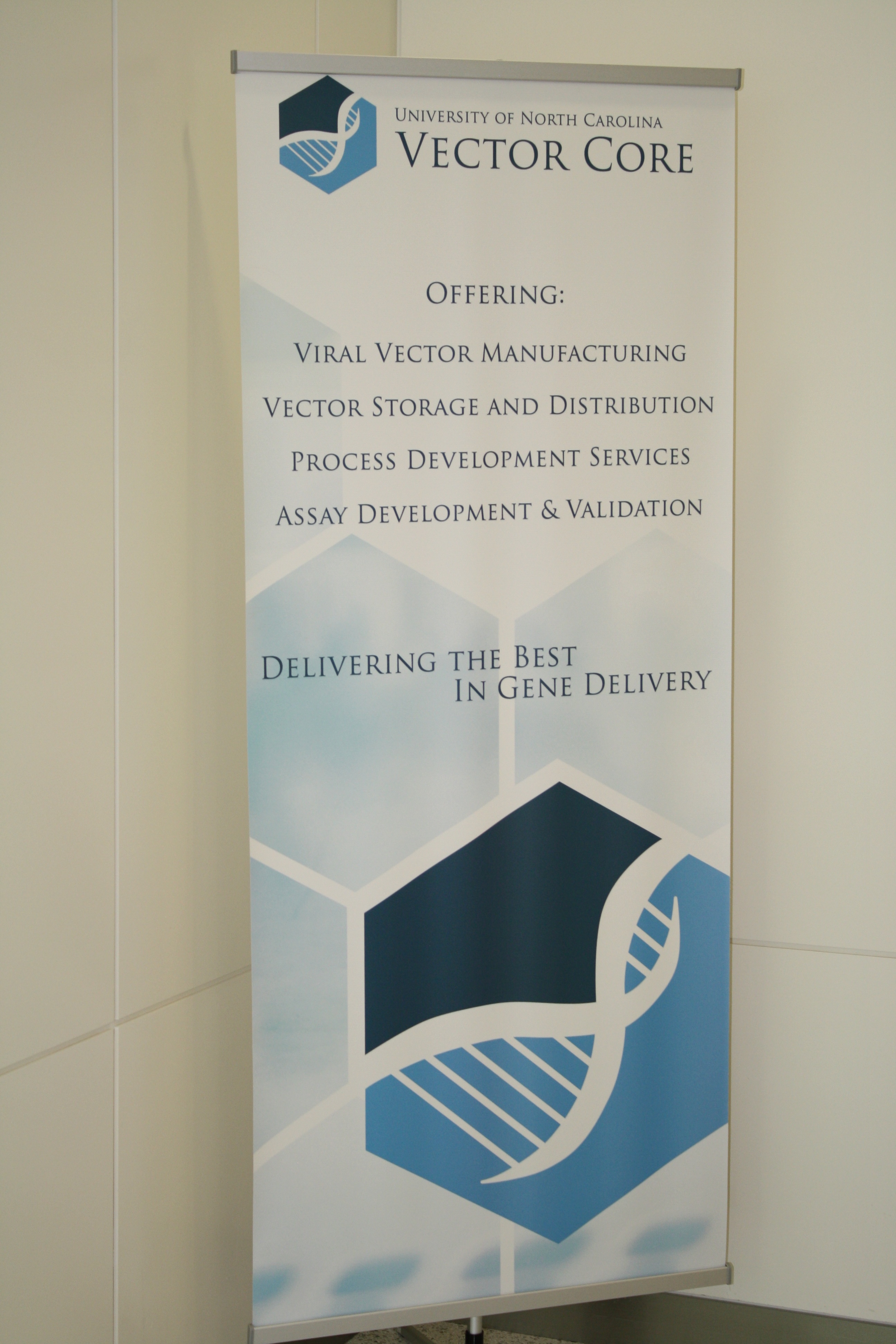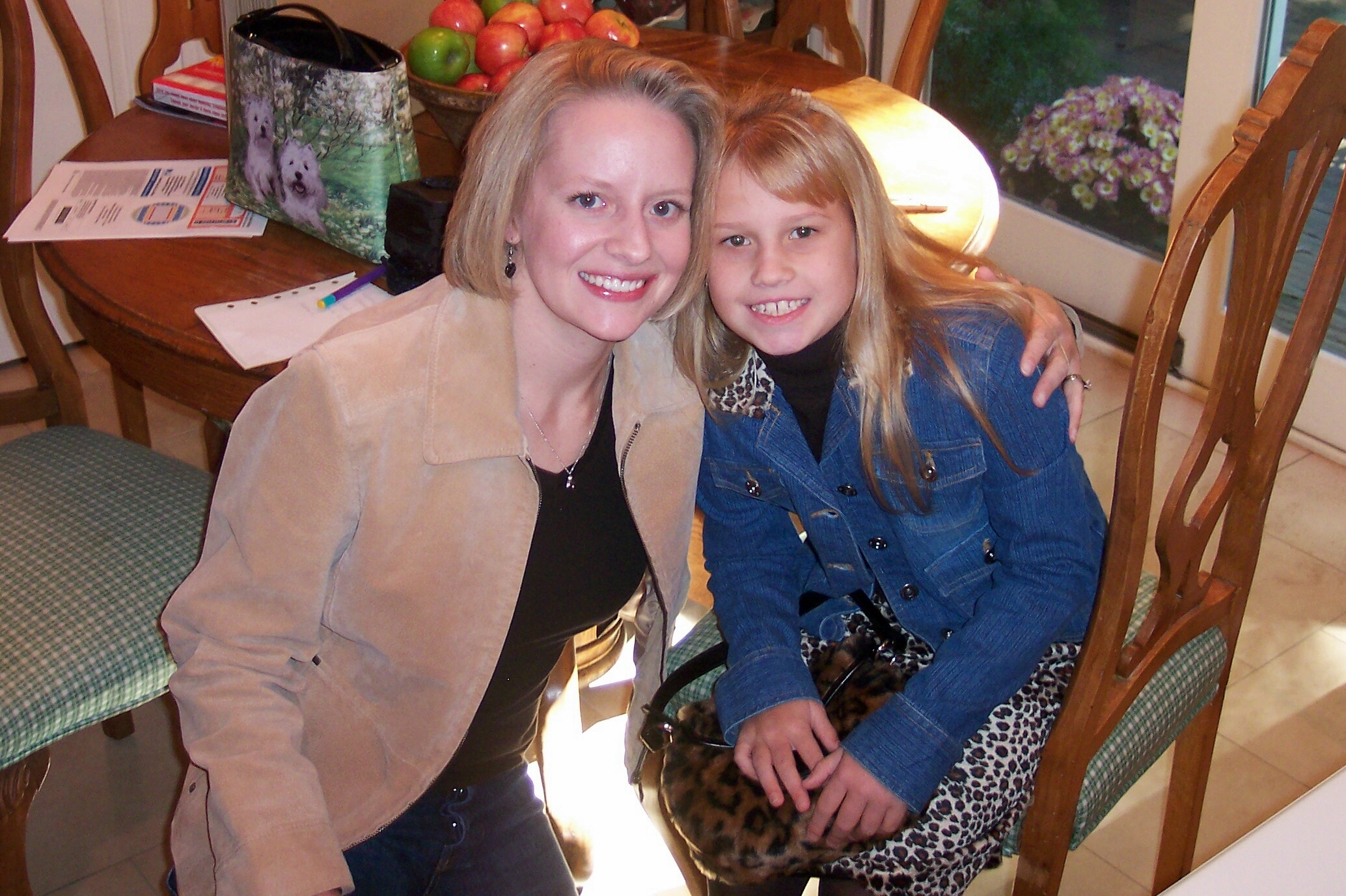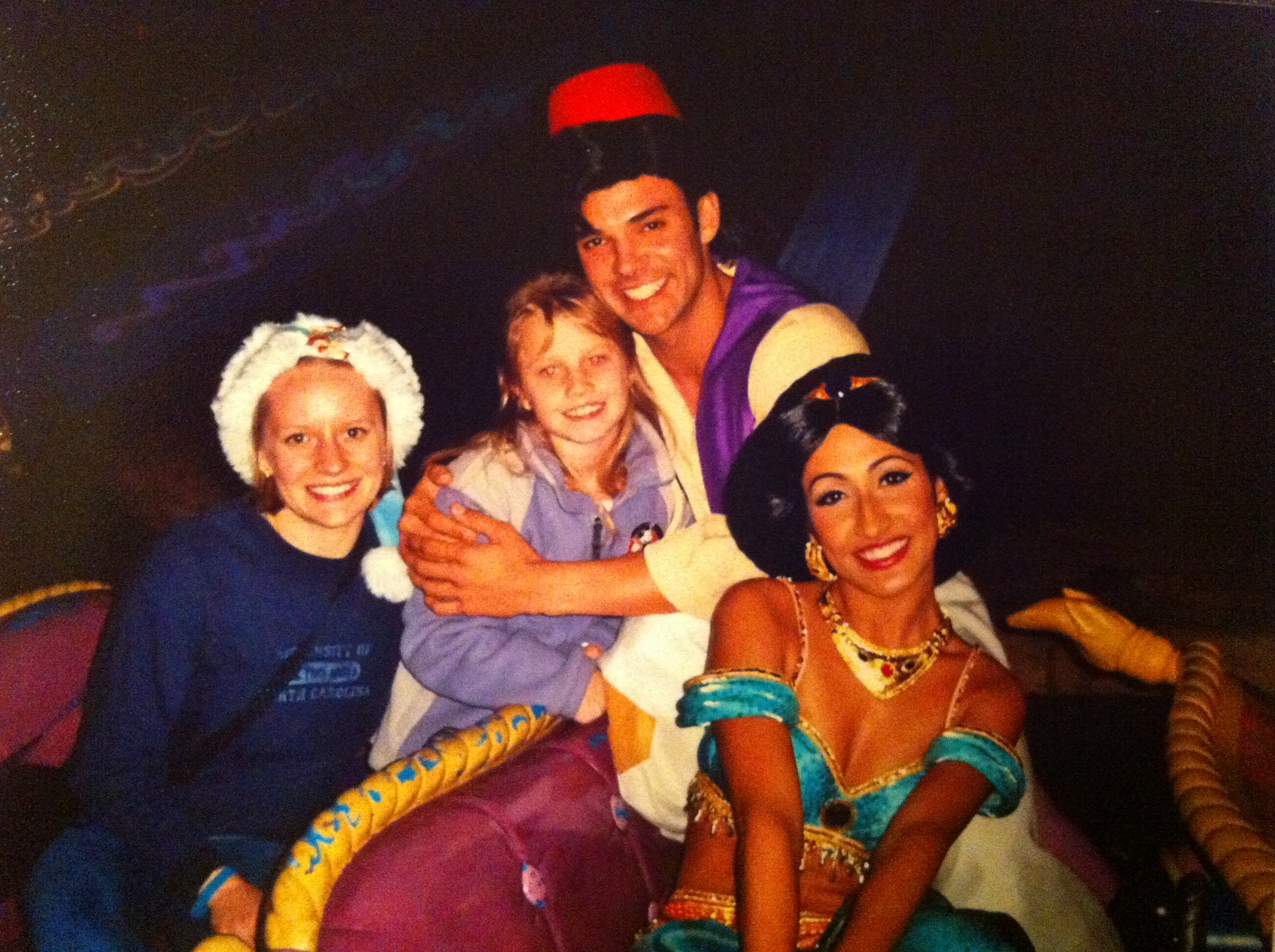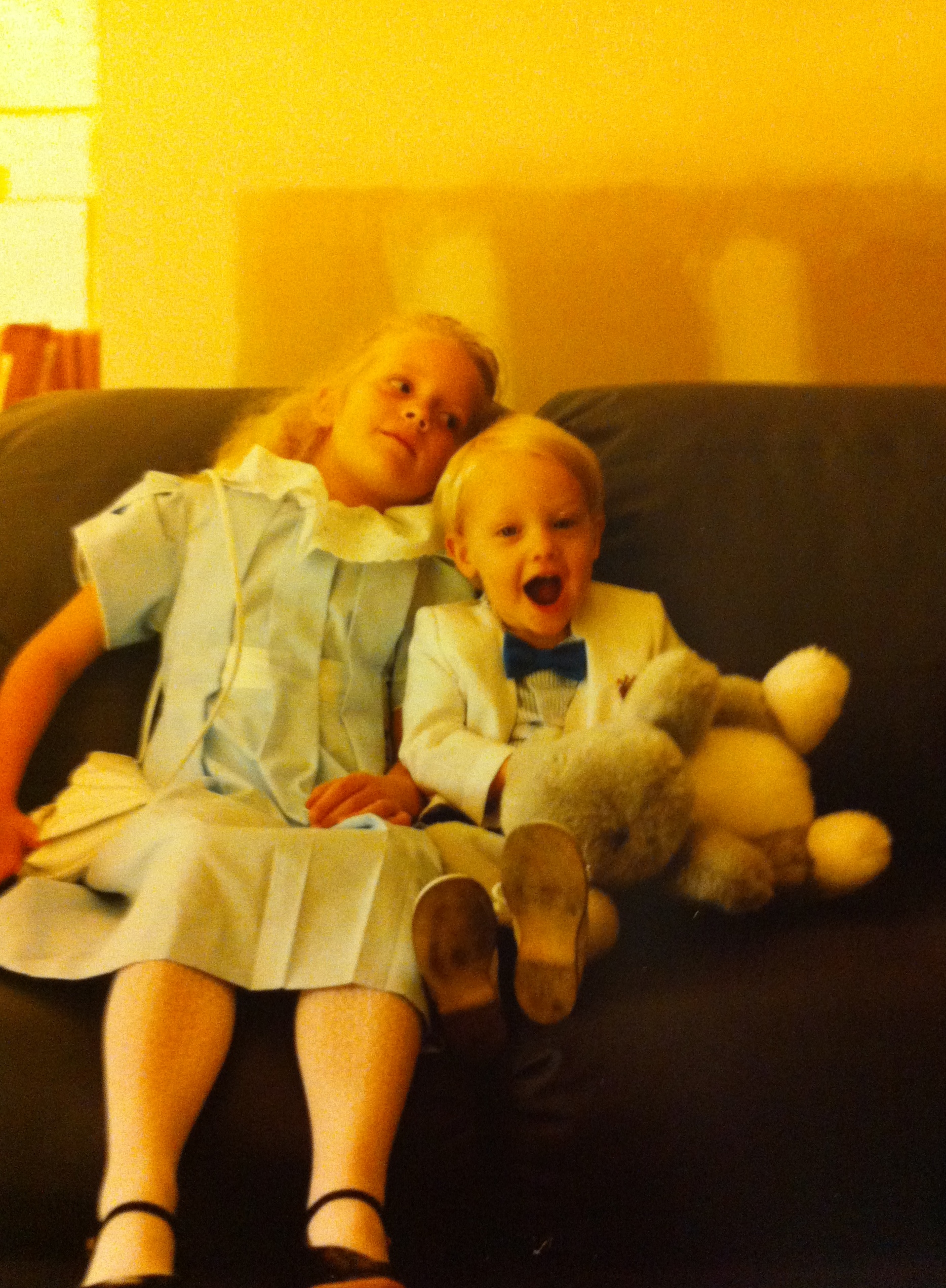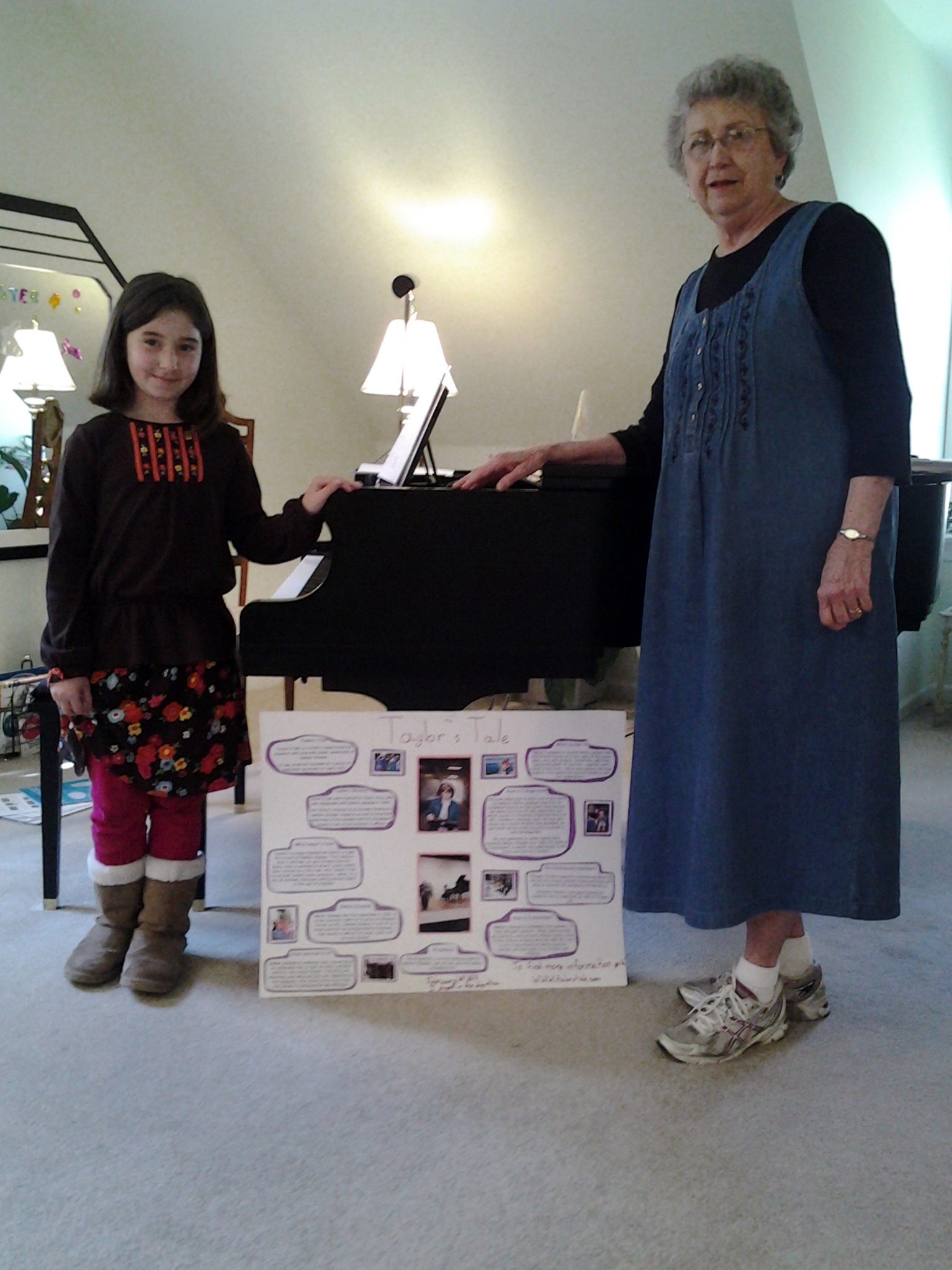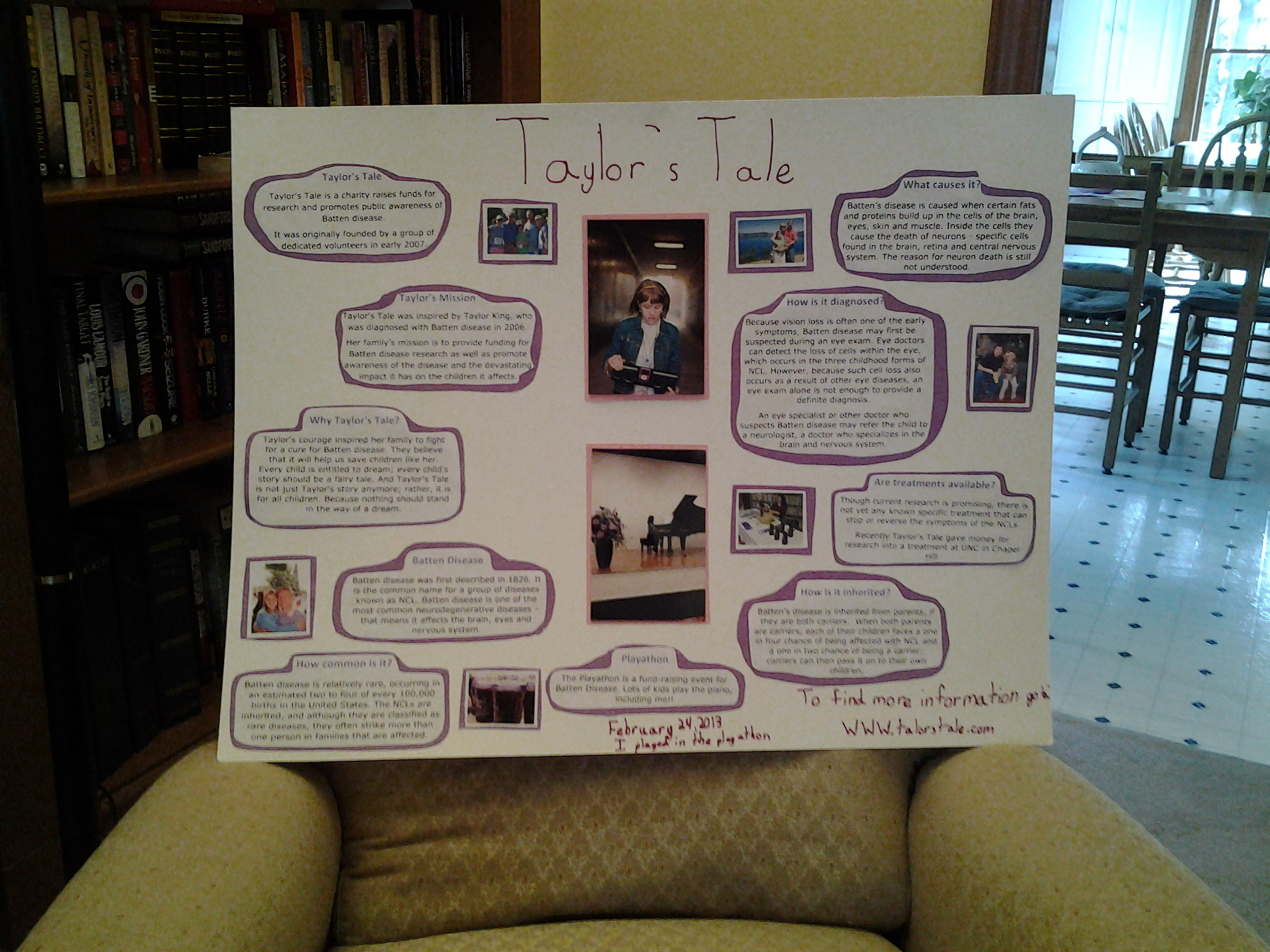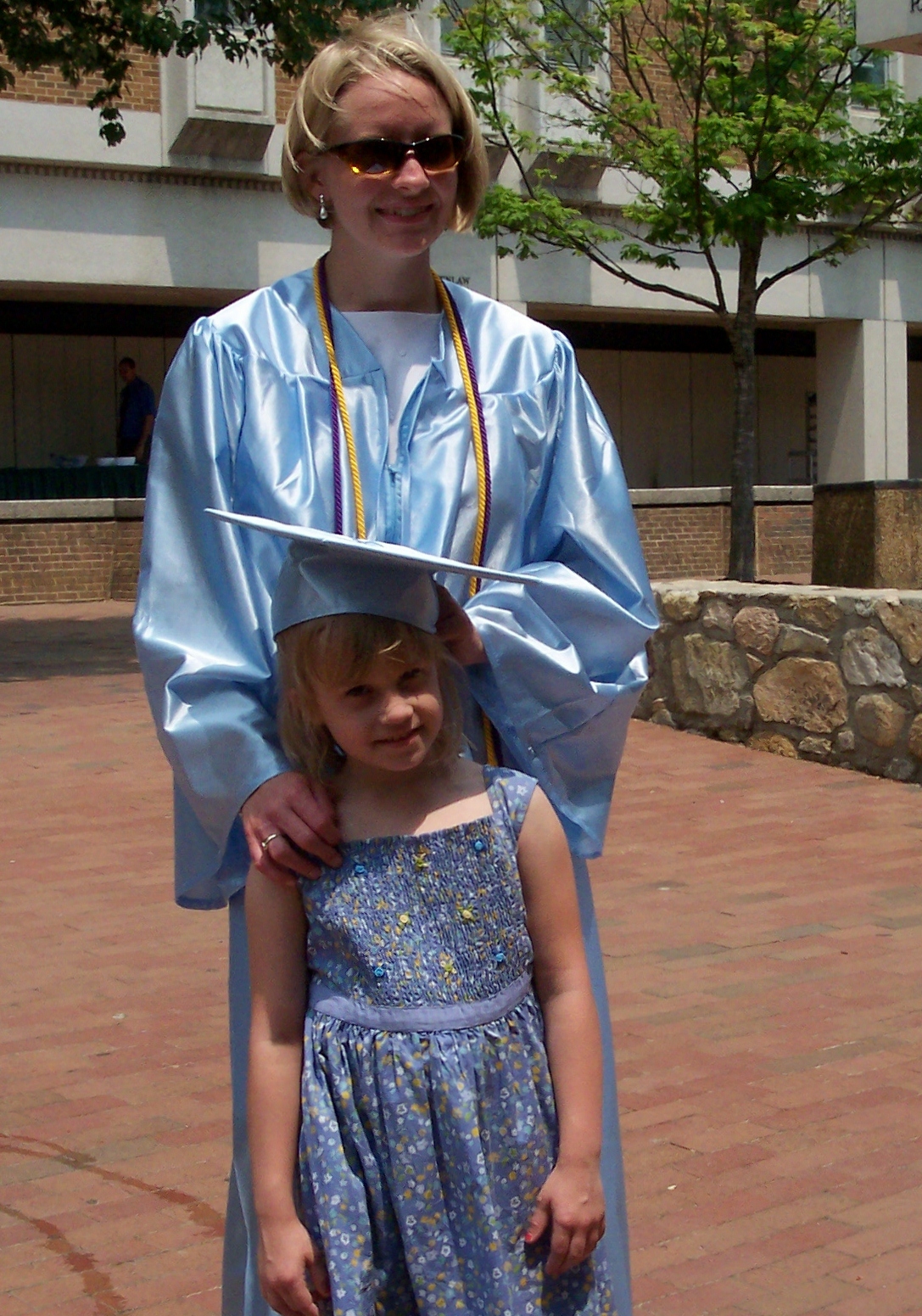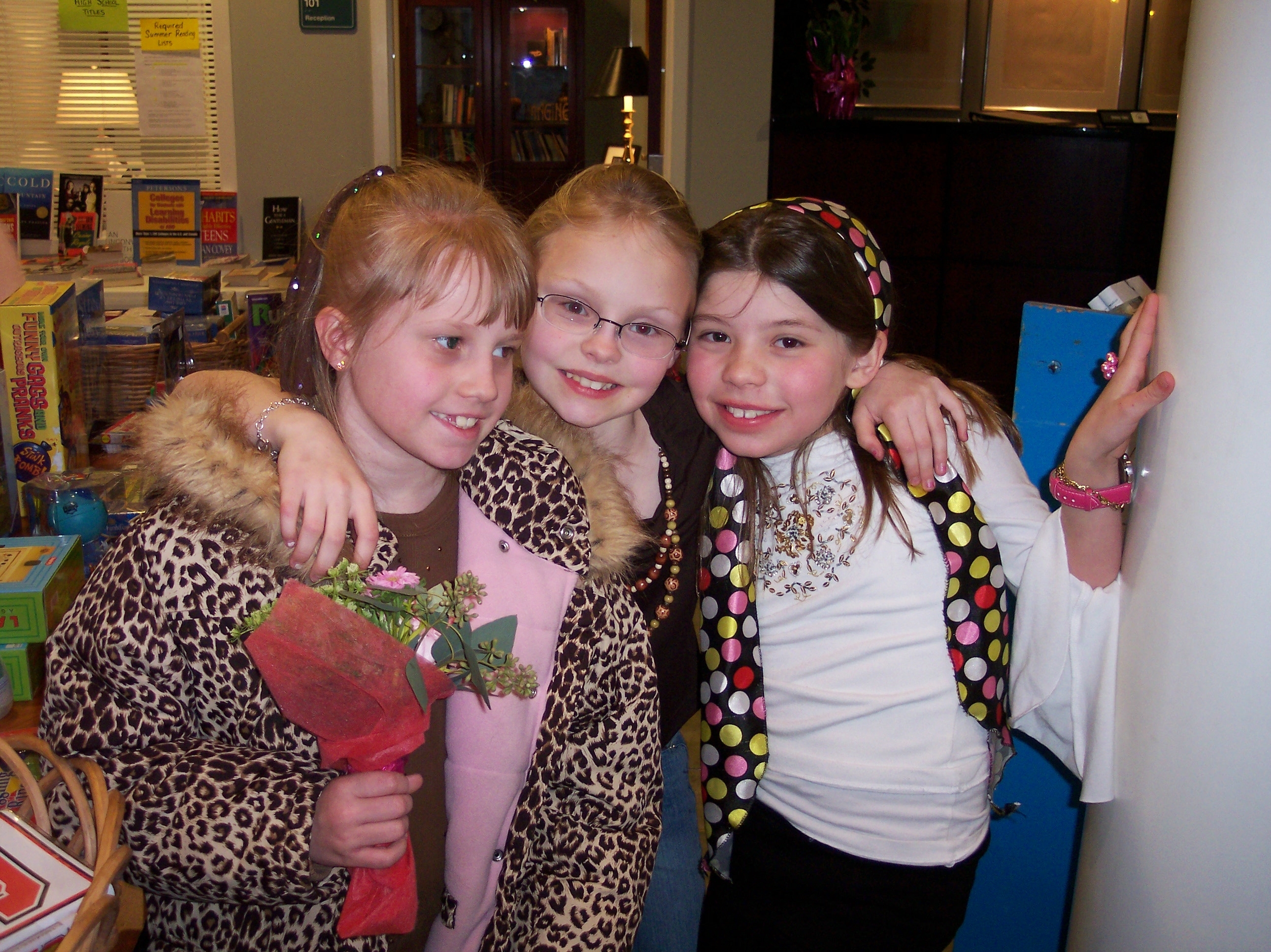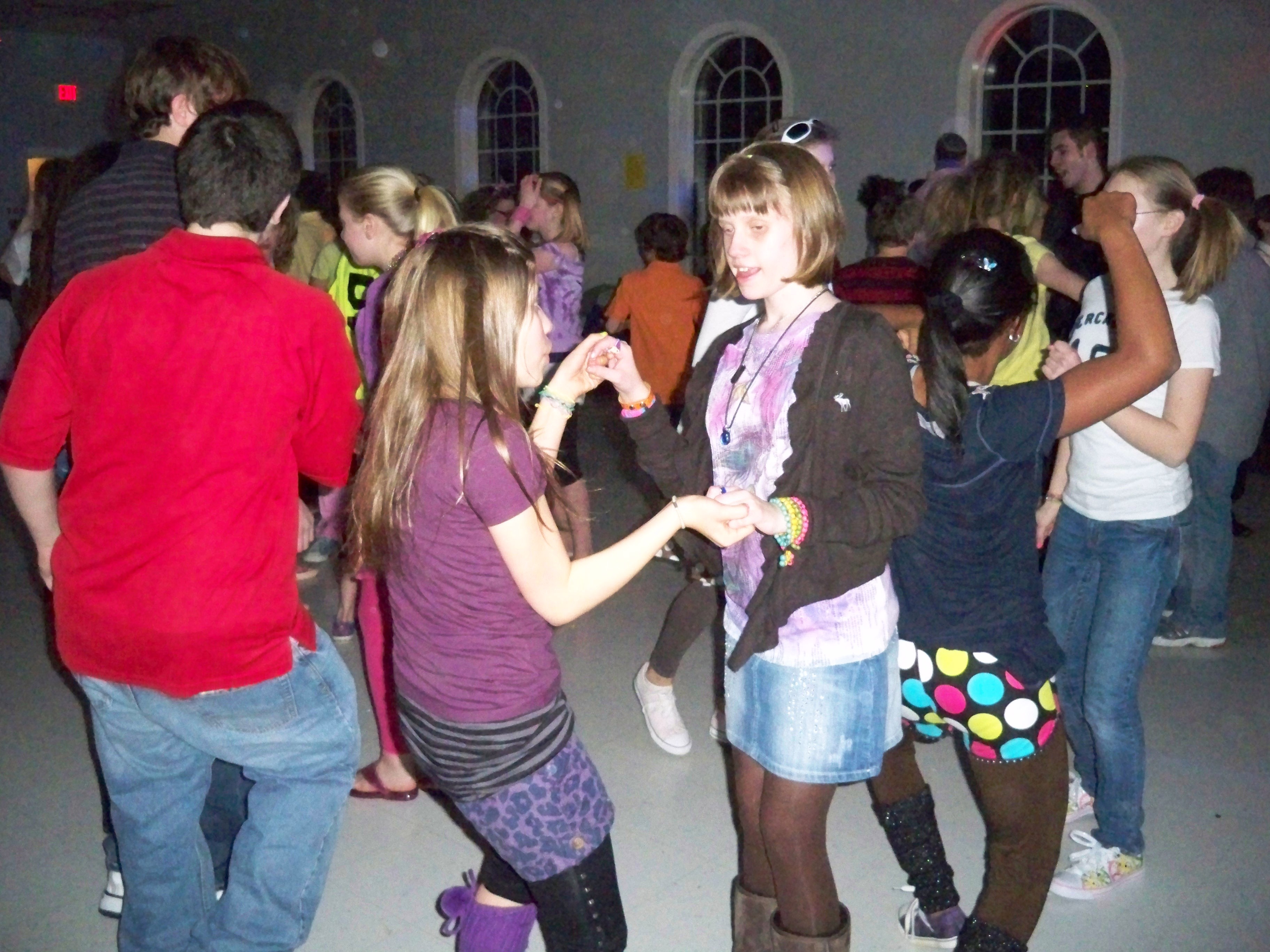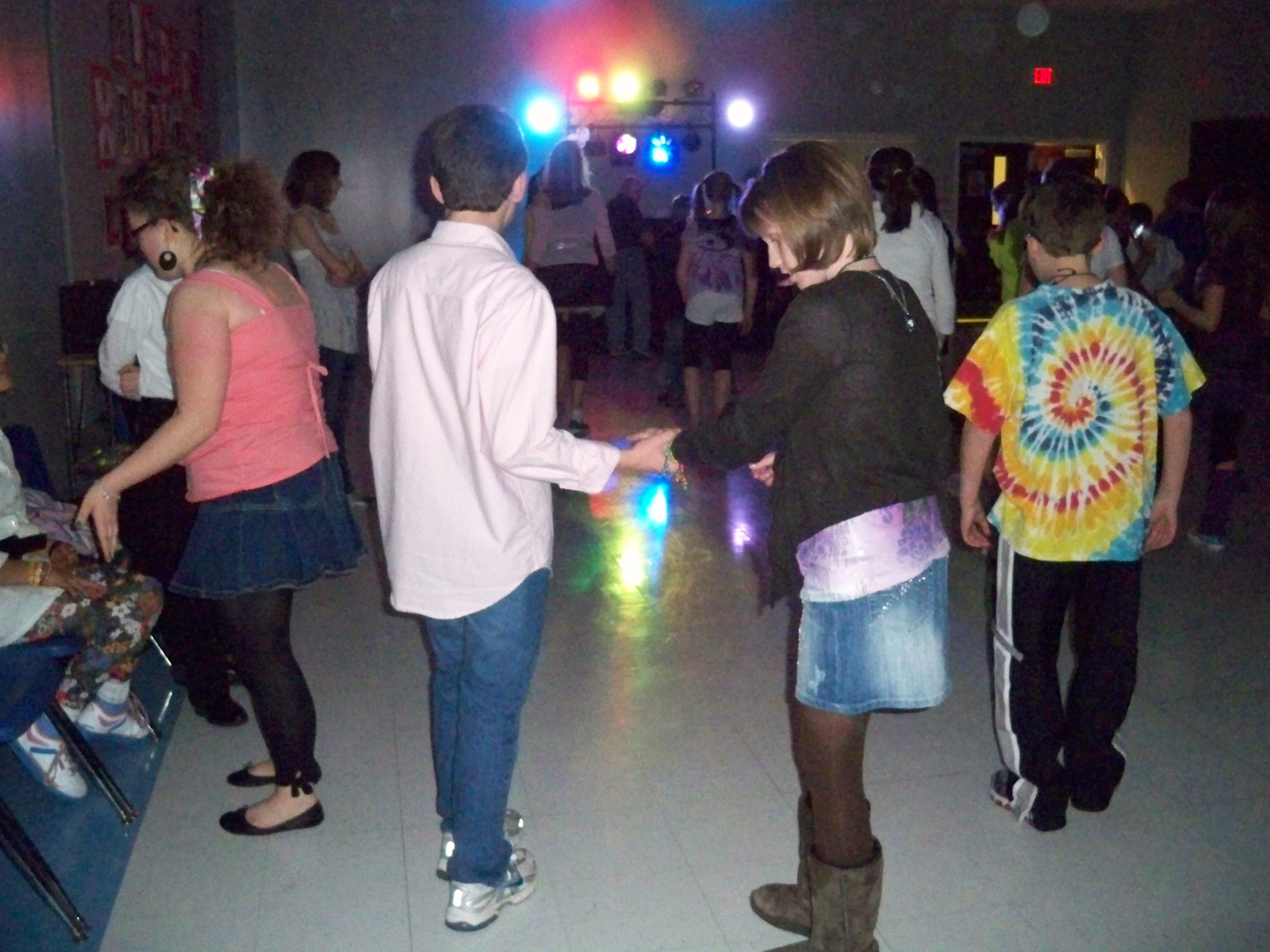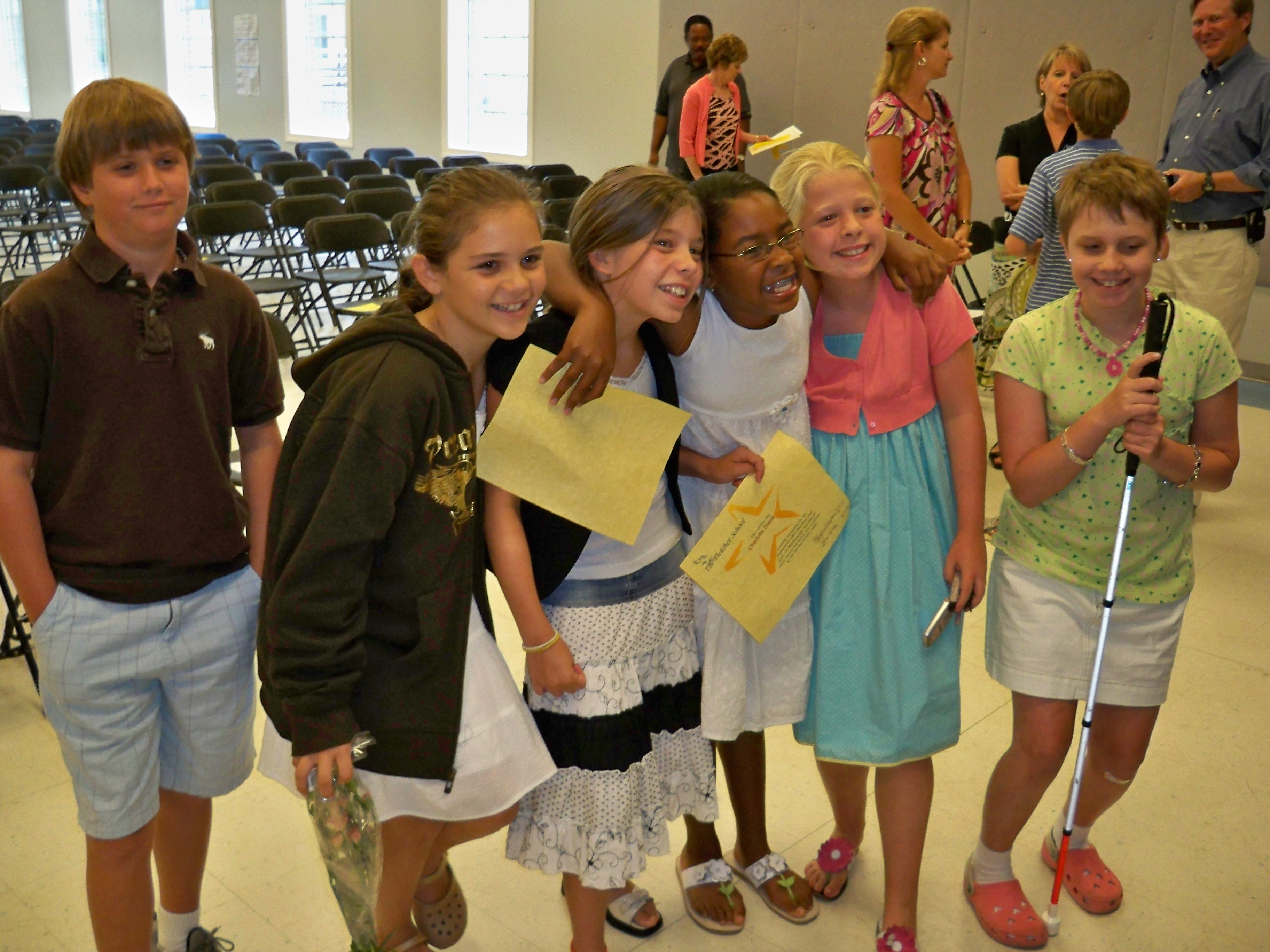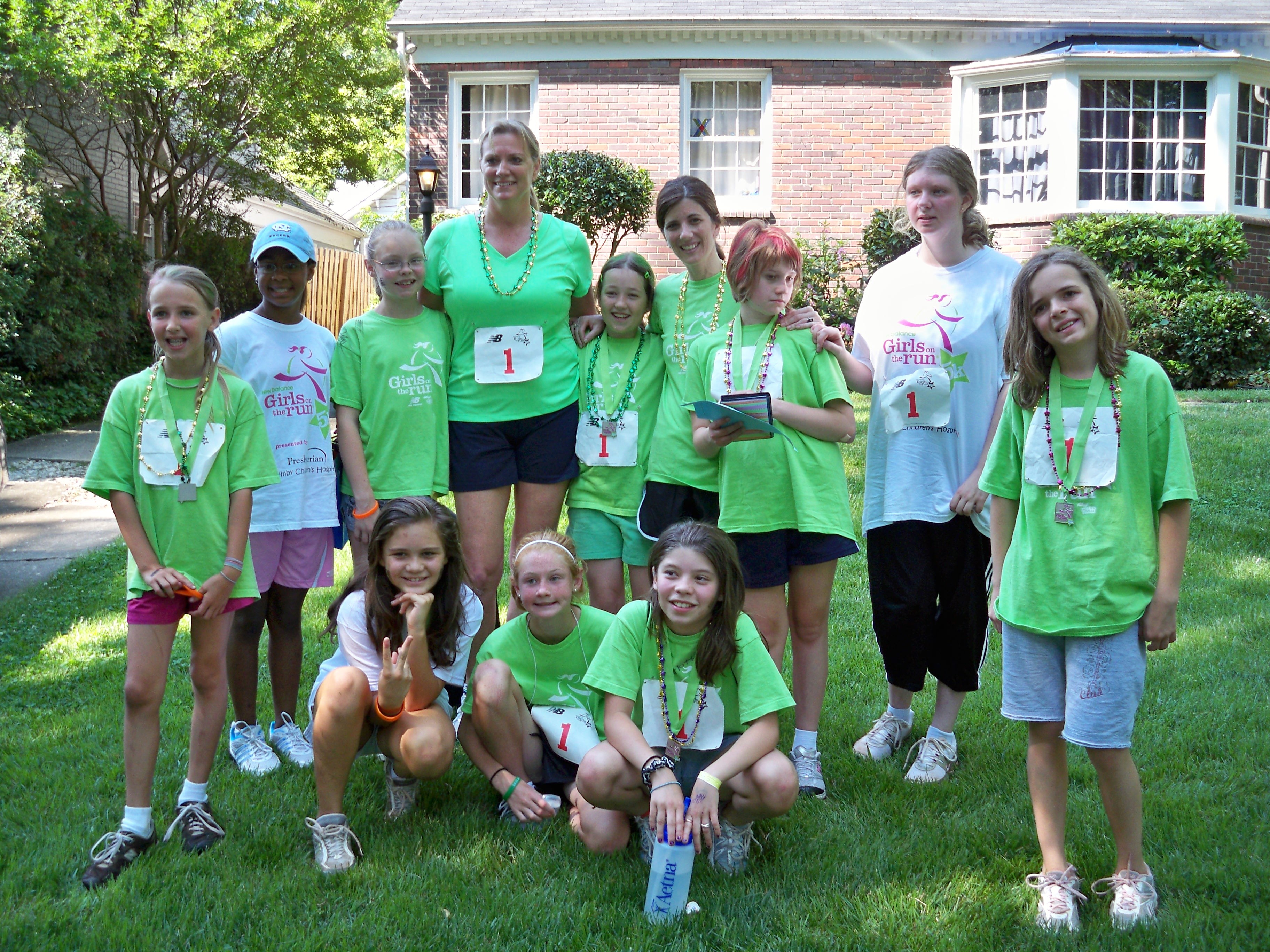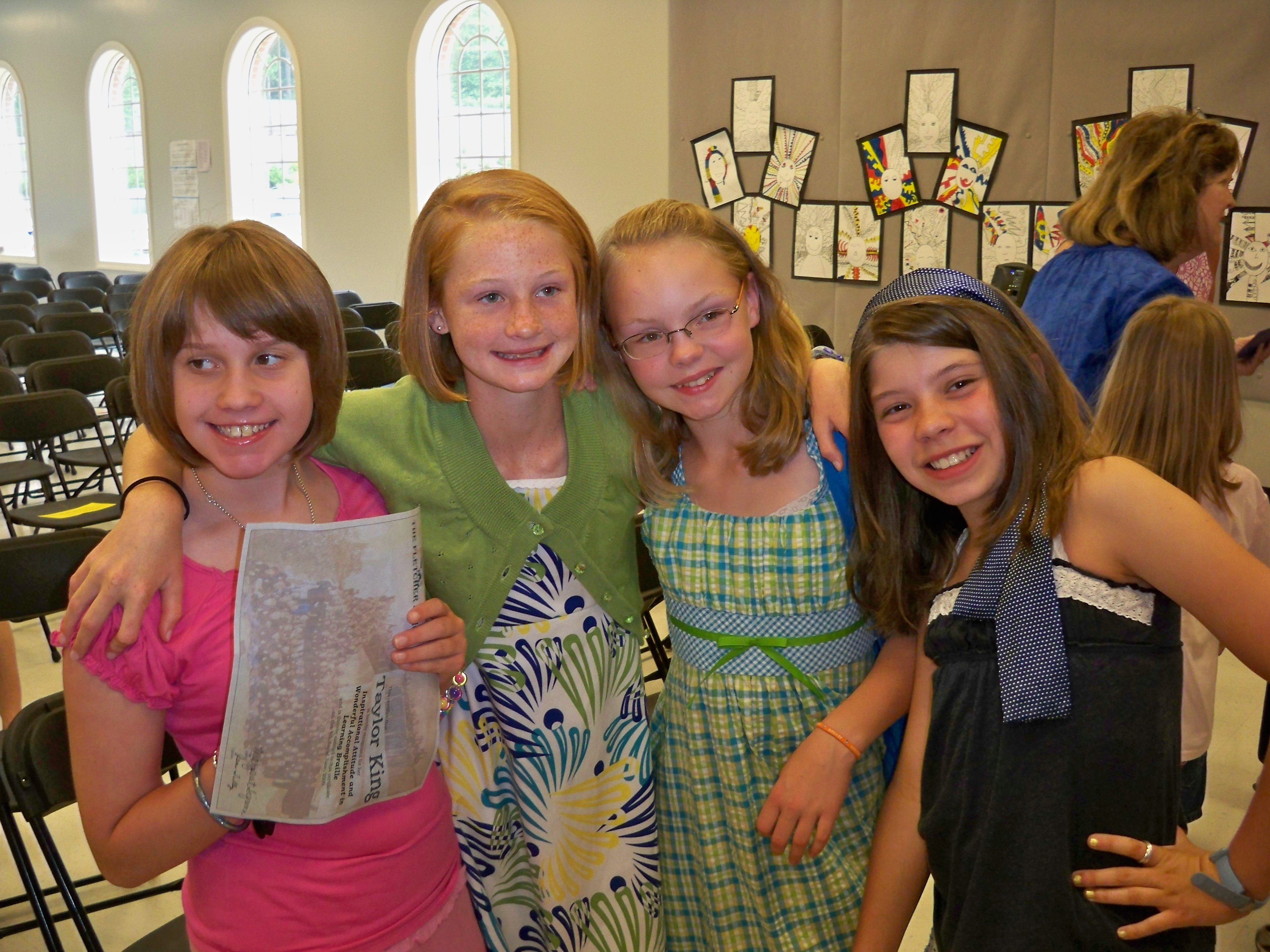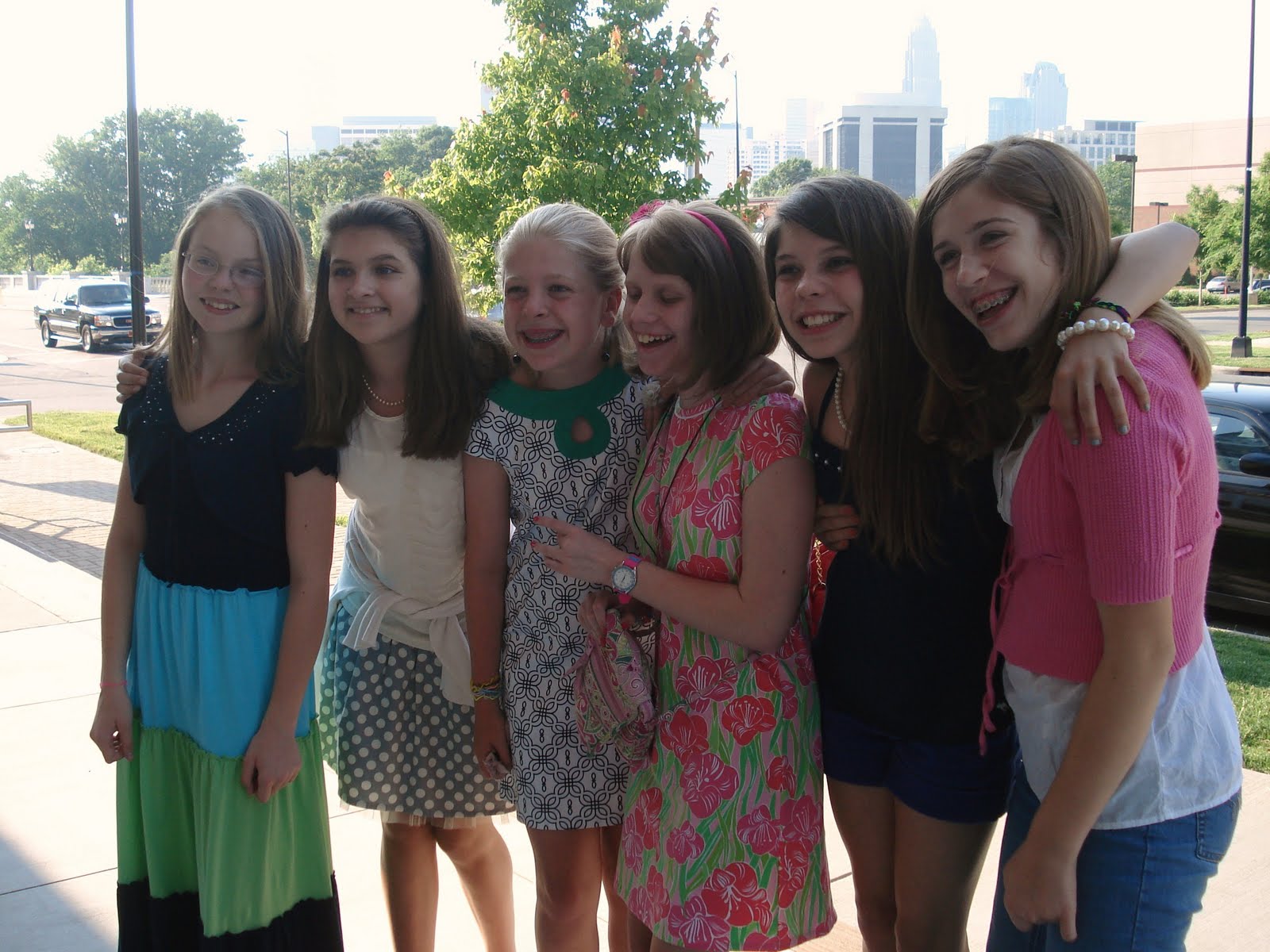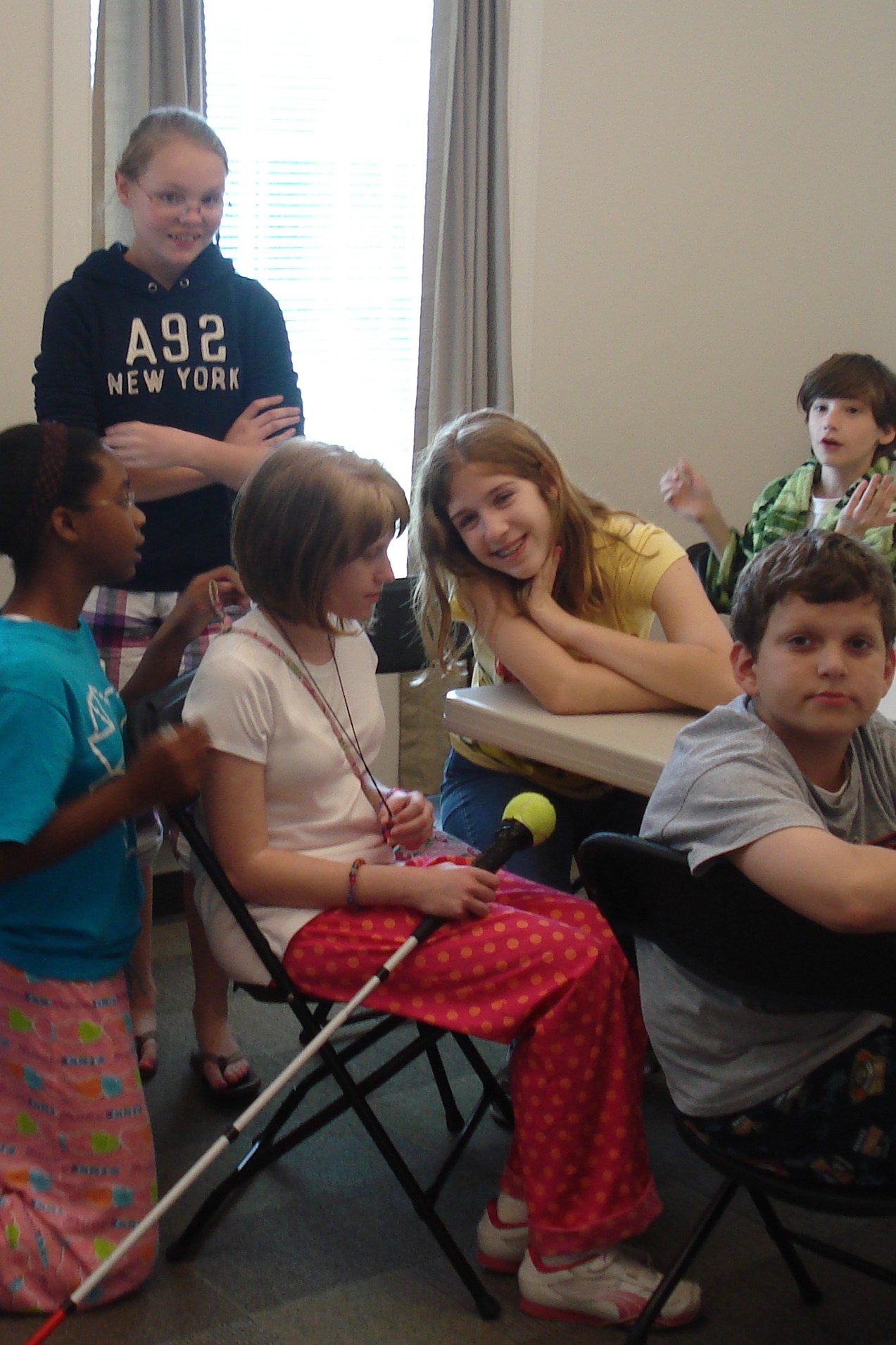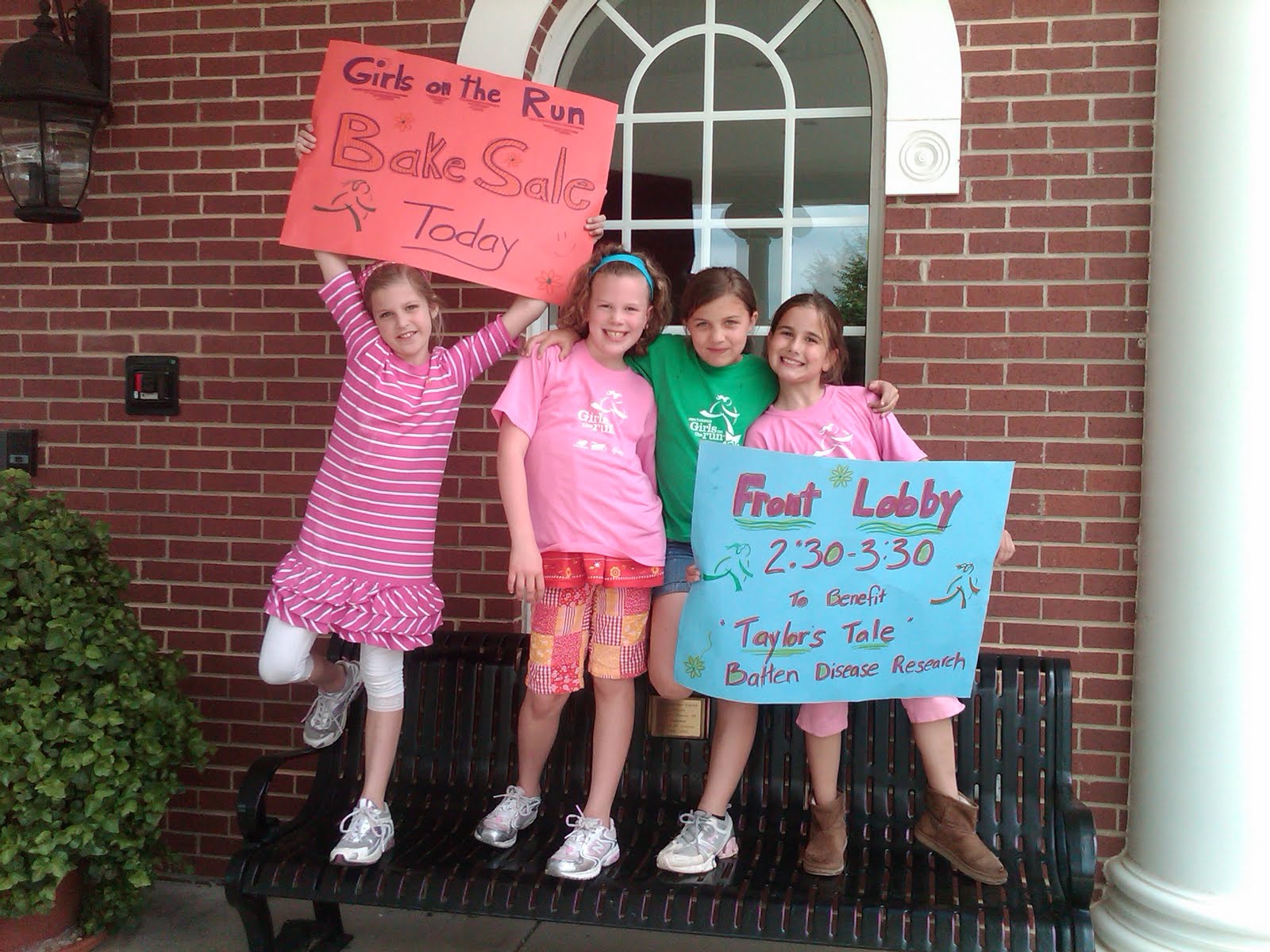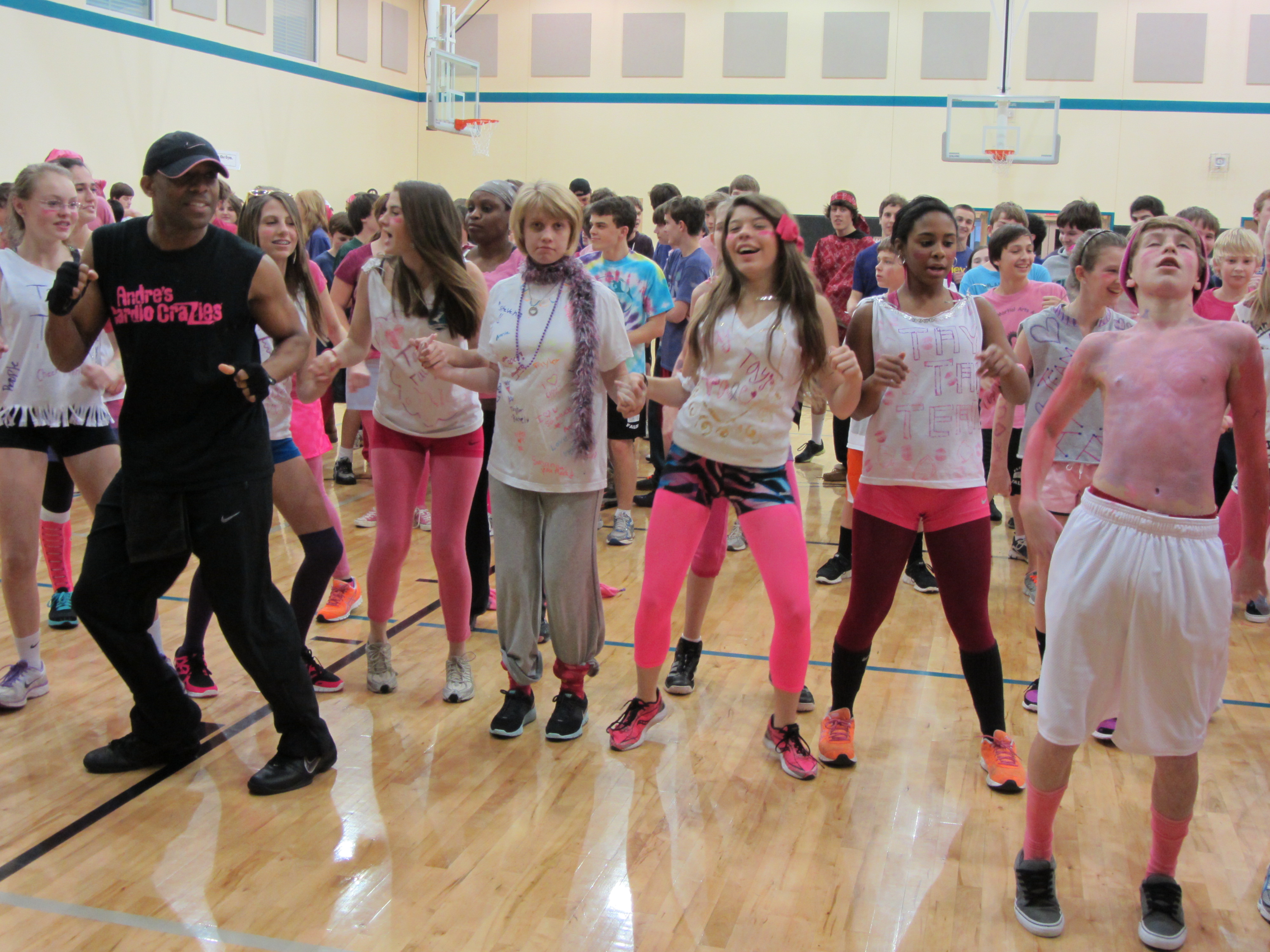It is not easy to paint a picture of Batten disease for people who have never seen it before. If you wish to paint with a large brush, you can tell them that children born with Batten disease never survive it; that it is total destruction; like a molten wave of lava and volcanic rock and ash.
Batten disease is not easy for most people to understand, but everyone can see that Taylor is blind. The destruction reached her eyes first. They are still beautiful and rare, the color of the caramel inside a Milky Way bar and framed by impossibly long lashes. But they lost their sparkle long ago.
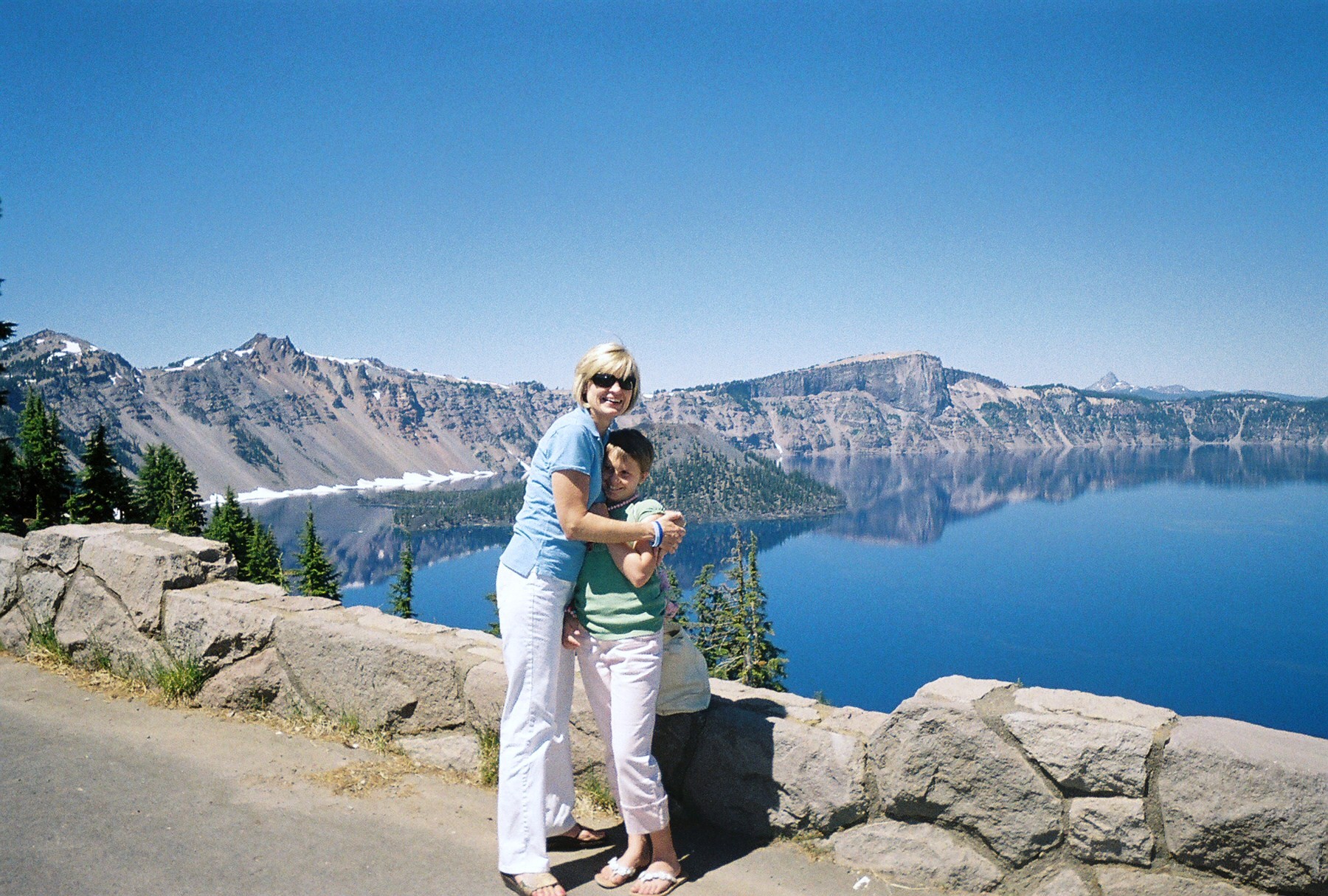 Five years ago this past January, a clinical trial coordinator brought my sister’s honey blonde hair to us in a Ziploc bag as we waited in a chilly waiting room in Oregon, thousands of miles from our home on the East Coast. Down the hall, a surgeon drilled eight holes into my sister’s skull and gave her hope. Not life, but hope.
Five years ago this past January, a clinical trial coordinator brought my sister’s honey blonde hair to us in a Ziploc bag as we waited in a chilly waiting room in Oregon, thousands of miles from our home on the East Coast. Down the hall, a surgeon drilled eight holes into my sister’s skull and gave her hope. Not life, but hope.
For the next several years, my parents and Taylor made frequent return trips to Oregon. Once, they rented a car and drove south to Crater Lake, one of our country’s pristine natural wonders.
More than half a century ago, Freeman Tilden, said to be the grandfather of park interpretation, wrote a text, “Interpreting our Heritage,” that is still used to educate rangers today. One of the essays holds special meaning for us.
The essay, “That Elderly Schoolma’am Nature,” tells the story of a park naturalist meeting a man just inside the rim of Crater Lake. The naturalist can sense that something is different about the visitor from the moment he sees him but only comes to the determination that he is blind after noticing the man’s very dark glasses and putting all of the clues together.
And then, the visitor asks the naturalist to describe the lake to him. But how do you describe one of the world’s most stunning lakes to a man who cannot see?
The naturalist asks the man to take off his gloves, so that he can take his hands and move them around the crater model and describe its shape and depth and skyline and the curious, cone-shaped island in the middle. But how do you describe the blue of its water – a blue that has no equal – to someone who has not seen blue in many long years?
The visitor remembers the blue of the sky from his childhood. The blue of Crater Lake is nothing like the blue of the sky. But in his mind and his heart, he experiences the wonders of Crater Lake more fully than the naturalist could have ever imagined. And as he walks away, the naturalist realizes that the visitor “had extended his power of seeing – which was an achievement beyond price,” and that “We are all of us somewhat blind, even those who believe their eyesight is faultless.”
I love so many things about this story. My dad, who shares my love of national parks, gave a copy of it to Mom and me several years ago, and I’ve held onto it ever since. And my wise mother, who now leads Taylor’s Tale into an exciting future of new partnerships and boundless possibilities, shared Tilden’s essay with me again this week, urging me to apply the story toward our journey in our fight against Batten disease.
“We are all of us somewhat blind, even those who believe their eyesight is faultless.”
Because, as Mom reminded me, we embarked on this journey with our eyes focused directly on beating Batten disease. Our experience, though, has afforded us peripheral vision. We now understand the connection between all rare diseases – so many of which do not have a single approved treatment – and the millions battling for their lives. And just as the park naturalist and the blind man learned from one another, we, as fellow fighters and advocates, can learn from each other and support each other – and by doing so, we can become more efficient and effective. We will never reach our goals if we fight our battles in our own disease silos.
There is a very rare disorder called giant axonal neuropathy, or GAN. It is an inherited, recessive disease that first appears in early childhood. It results in nerve death and quadriplegia, and it is always fatal. The incidence is unknown, but it probably affects fewer than 100 people in the world.
Undeterred by these odds, the family of a little girl named Hannah decided to fight GAN head-on. In 2008, Lori and Matt Sames founded Hannah’s Hope Fund in their daughter’s honor. That same year, Hannah’s Hope began funding gene therapy for GAN at the University of North Carolina Gene Therapy Center under Dr. Steven Gray. The clinical trial is expected to begin later this year.
Two months ago, Taylor’s Tale and five partners announced funding for gene therapy for infantile and late infantile Batten disease at UNC, also under Dr. Gray. Our project is following in the footsteps of the GAN work that is on the brink of clinical trial. And Lori’s fight for her daughter could very well help lead to a treatment for kids like my sister. Dr. Gray plans to use the same gene vector and methods to treat Batten disease. And if the GAN trial is successful, we will, in Lori’s words, “move like wildfire to apply this to the lives of children with Batten.”
“…move like wildfire to apply this to the lives of children with Batten.”
Together, we can reach our goals. There are so many of us in the rare disease community, and there is strength in numbers. That is an advantage, but it is also the saddest thing of all. There are TOO MANY of us. We’ll change that when we play to our strength by finding treatments for people like Hannah and Taylor.
I think about how the landscape in central Oregon must have looked on the day of the volcanic eruption that created the most beautiful lake in the world. I know that many dedicated people, from the team at UNC to those working to ensure that their science is supported, will move like wildfire to outrun the death and destruction of diseases like Batten and GAN.
And every night, when another day’s work is done, I dream about how beautiful the lake can be when the eruption is over.

